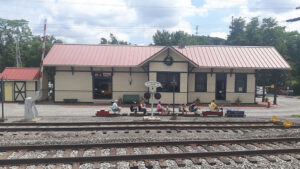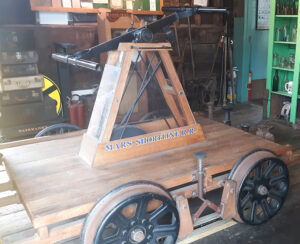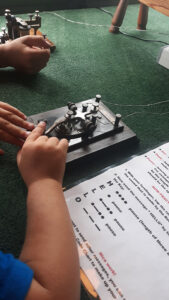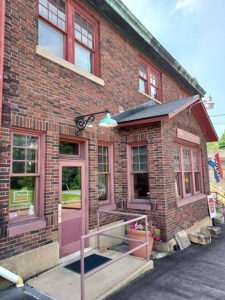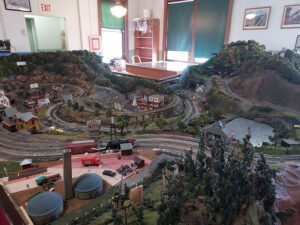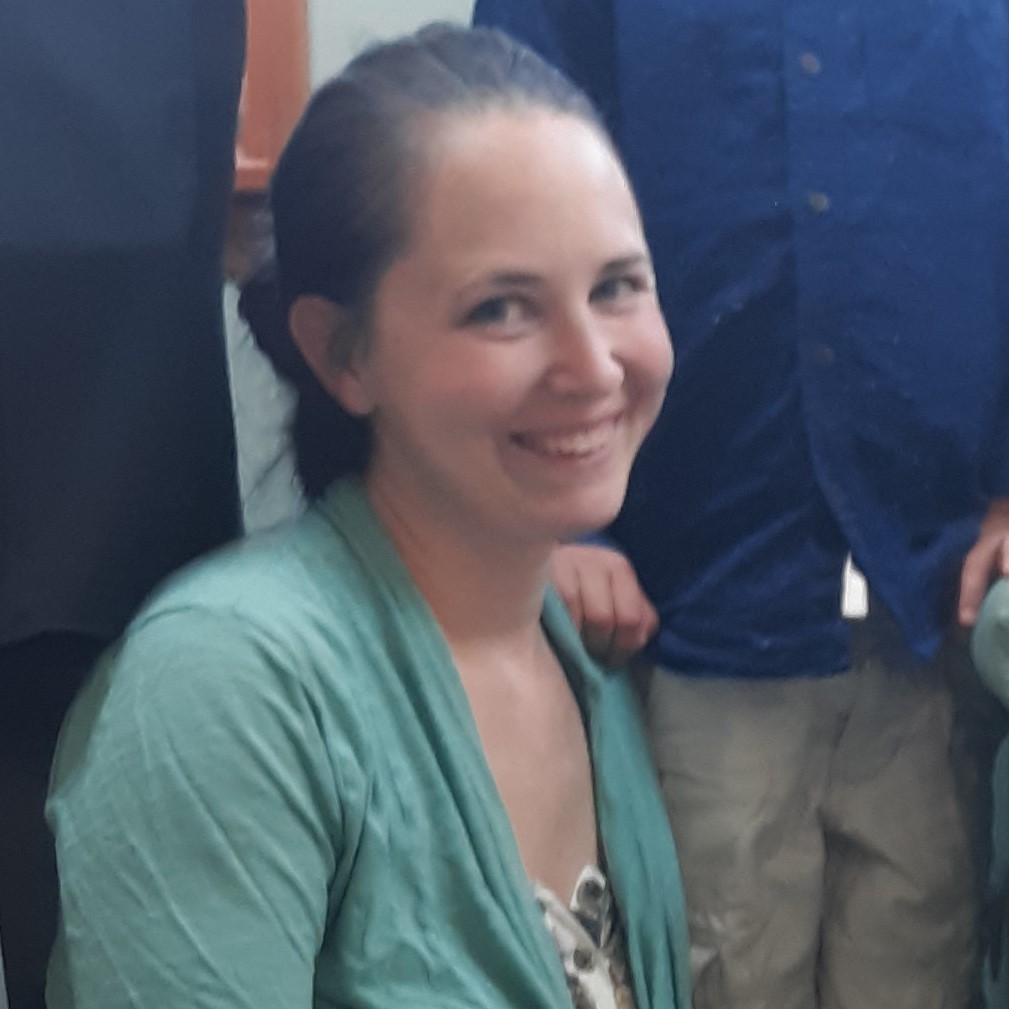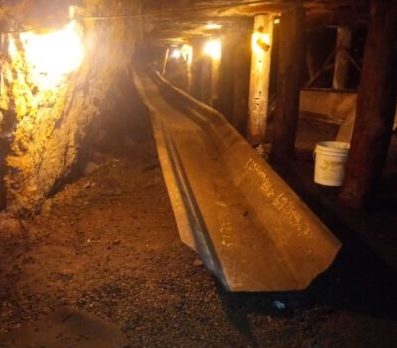This summer, we imagined pioneer life moving west with the railroads in Laura Ingalls Wilder’s fabulous Little House series. In the ensuing adventures, our family discovered once-neglected local history museums and the truth that “all things work together for good” (Romans 8:28).
Our mission was to learn more about trains, so we headed north one sunny day to Butler County. I wasn’t out of the car at the Mars Train Station when my eldest two rushed excitedly over to a caboose sitting on some siding. This seemed like the place to learn about trains! We climbed aboard a hand car, reliving The Long Winter when the men tried to clear the snow from the rails. We rode (twice) the model train that circled the station.
However, we discovered that most of the Mars Train Station museum was dedicated to non-railroad exhibits about the local community’s heritage and the evolution of technology. In the area exhibiting communications technology, my children learned how a telegraph operator would tap out a message and how the receiver would decode it–thus shortening the time it took for news to cross the country and reminding us of what we read in Little Town on the Prairie. A station master could then pass messages to a traveling train by extending a train order delivery hoop; someone on the train would hook his arm through the hoop, take the written note, and throw back the hoop (the station master had to then walk up the line to retrieve the hoop). My children also learned how to dial a rotary telephone and I can’t begin to tell you how exciting this was to them! (The only response I could muster was “This is what phones were like when I was little…”)
Although we had begun our adventure with the pioneers and railroads in mind, we enjoyed seeing other exhibits: a dog treadmill, washboard and early washing machine, and various other devices and appliances that were part of everyday life in the nineteenth and twentieth centuries. The children were eager to pump water, shuck corn, and then grind the corn into cornmeal. They loved getting to experience a little bit of the past. A museum about the evolution of technology wasn’t what we had been seeking—but it helped to connect them with not one but two series we had recently read: the Laura Years and The Boxcar Children.
We may have thought that our misadventure was over, but the flashback didn’t end there: later we set out on a nature hike and stumbled across the McCandless/Northern Allegheny Heritage Center…and my children wanted to go inside. Many of the displays focused on the life and times of the 1950s, including an old pinball machine, a jukebox, and a little television with “rabbit ears.” Although this museum really brought The Boxcar Children to life, I did spy an old carpet beater near a window and reminded my children about when Almanzo had to clean the carpets in Farmer Boy. While mostly featuring twentieth century memorabilia, I particularly liked the display of Judge Wilson McCandless’s schoolbooks from the early 1800s—the great literary classics on which previous generations were raised.
We felt inspired to try another train museum en route to a fiftieth anniversary celebration, driving the next day to the Portage Station Museum near Johnstown. We saw the station master’s office and the model train…and learned all about coal mining (but it worked out once again; we could relate this back to my preschooler’s favorite book Steel Town). The docent explained to us how the quaint little town of Portage was once a thriving and important town on the Mainline Railroad in its mining heyday and regaled us with the many famous individuals, such as President James Buchanan, who had visited it over the years.
I suppose, to paraphrase Tolkein, you never know where an adventure will take you when you step out your door. We began three adventures that week with specific goals in mind—and each time our adventure turned out quite differently than we had planned it. We sought the Laura Years, we found The Boxcar Children; we sought local wildflowers, we found local pride; we sought outbound trains to areas far afield, we found the industrial backbone of the region. And it was still good. In fact, it was much better than anything we could have planned on our own.
This unexpected adventure, more than just teaching us different things, brought us into a whole new world of appreciation for the little local museums we had previously overlooked. Although they were donation-based and had very limited operating hours, they were staffed by knowledgeable volunteers overflowing with local pride. The volunteers were passionate about sharing their history with everyone who walked in the door and felt so blessed to have children come and be curious. The stories they told were more than “meticulously researched”—they were personally experienced or learned firsthand. And although we were so blessed by the personal attention, I rather think we blessed those docents by showing that we cared about what mattered to them—their community, their ancestors, their heritage. What a chance to be a witness of God’s love for them and reflect their profound worth in his eyes! Sometimes our plans don’t work out as we expected, but he ensures that they work out and provides us the opportunity to bless someone else through it—so take your joyful homeschoolers to bless a neighbor at a little Pennsylvania history museum this year!

